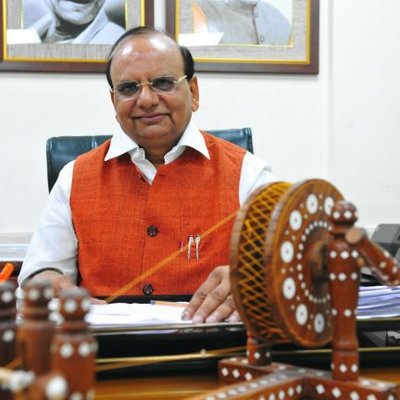Report by Shreya Agarwal
Shri Vinai Kumar Saxena has been selected by President Ram Nath Kovind to serve as the newest lieutenant governor of the Delhi NCR (NCR-National Capital Region). He will replace Shri Anil Baijal, who resigned from the post recently. The appointment was made on May 25th.
Shri Vinai Kumar Saxena is also the chairman of the Centre’s Khadi and Village Industries Commission (KVIC).
He is best known for his work in Gujarat. He has focused a lot on the environmental issues of the state like the air pollution in Ahmedabad. He also worked on the Sardar Sarovar Dam built over the Narmada.
What are Lieutenant Governors?
Lieutenant Governors are officials directly appointed by the on President to head a Union Territory. In India, LGs are appointed for the Union Territories of Andaman and Nicobar Islands, Delhi, Jammu and Kashmir, Ladakh, and Puducherry. For Chandigarh, Daman and Diu, Dadra and Nagar Haveli, and Lakshadweep, Administrators are appointed.
Lieutenant Governors are different from chief ministers as they are not directly appointed by the people. They have a wider range of powers as compared to the Governor of a state.
For example, while a Governor has to take the advice of the CM and the Council of Ministers while taking any particular decision, the LG is independent and can solely take a decision without having to take anyone’s advice. In the case of Delhi, which is also considered a state, if there are any rising differences of opinion, the President makes the final decision.
Lieutenant Governors and Administrators- Different or Same?
As mentioned above, Administrators are appointed for Chandigarh, Daman and Diu, Dadra and Nagar Haveli, and Lakshadweep. But why are they called Administrators? Are they in any way different from Lieutenant Governors?
There is no specific difference between the two. It’s just that an Administrator must be an IAS Officer (Indian Administrative Services) or an IPS Officer (Indian Police Services) and for an LG, this qualification is not a must.

